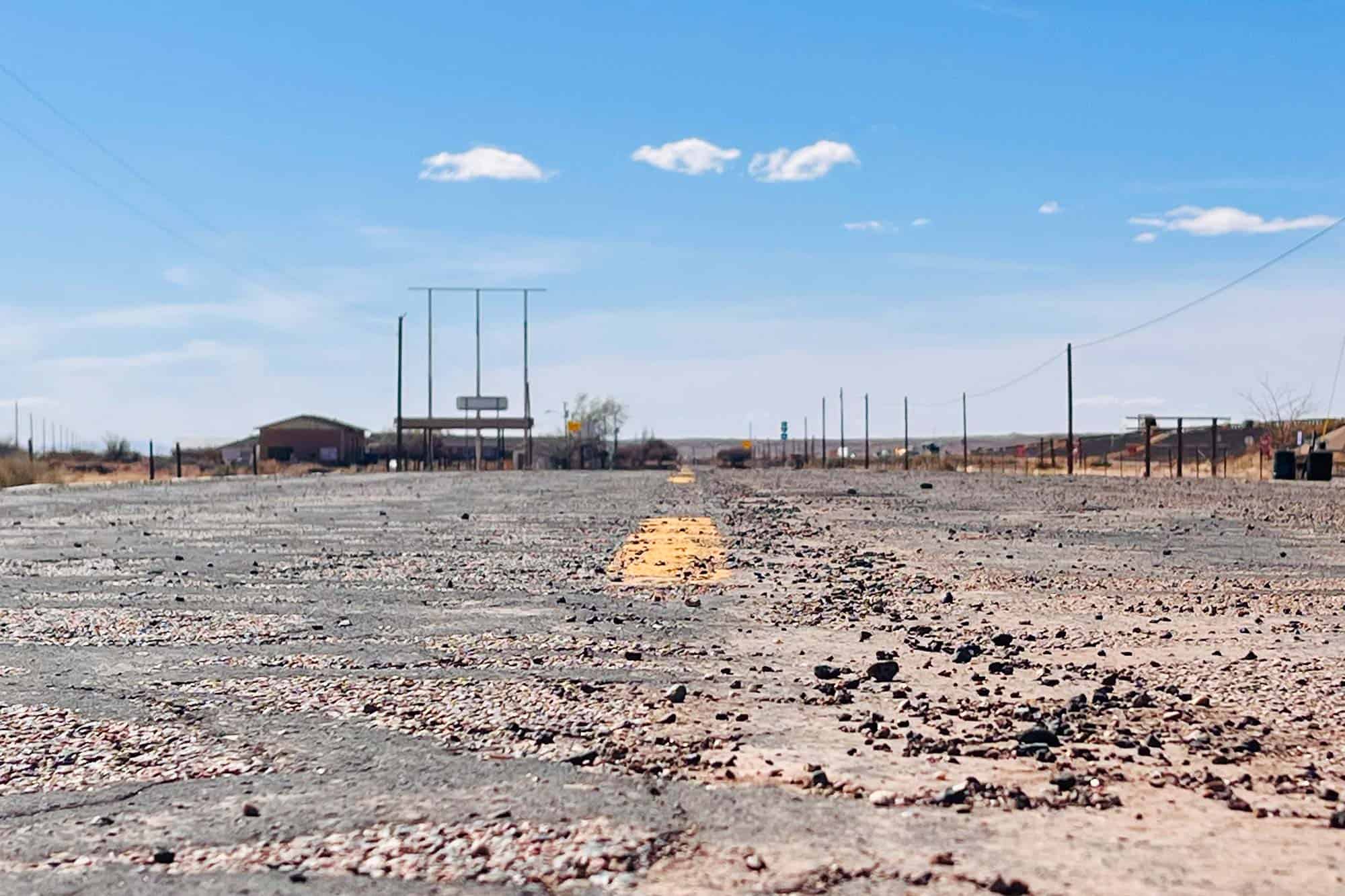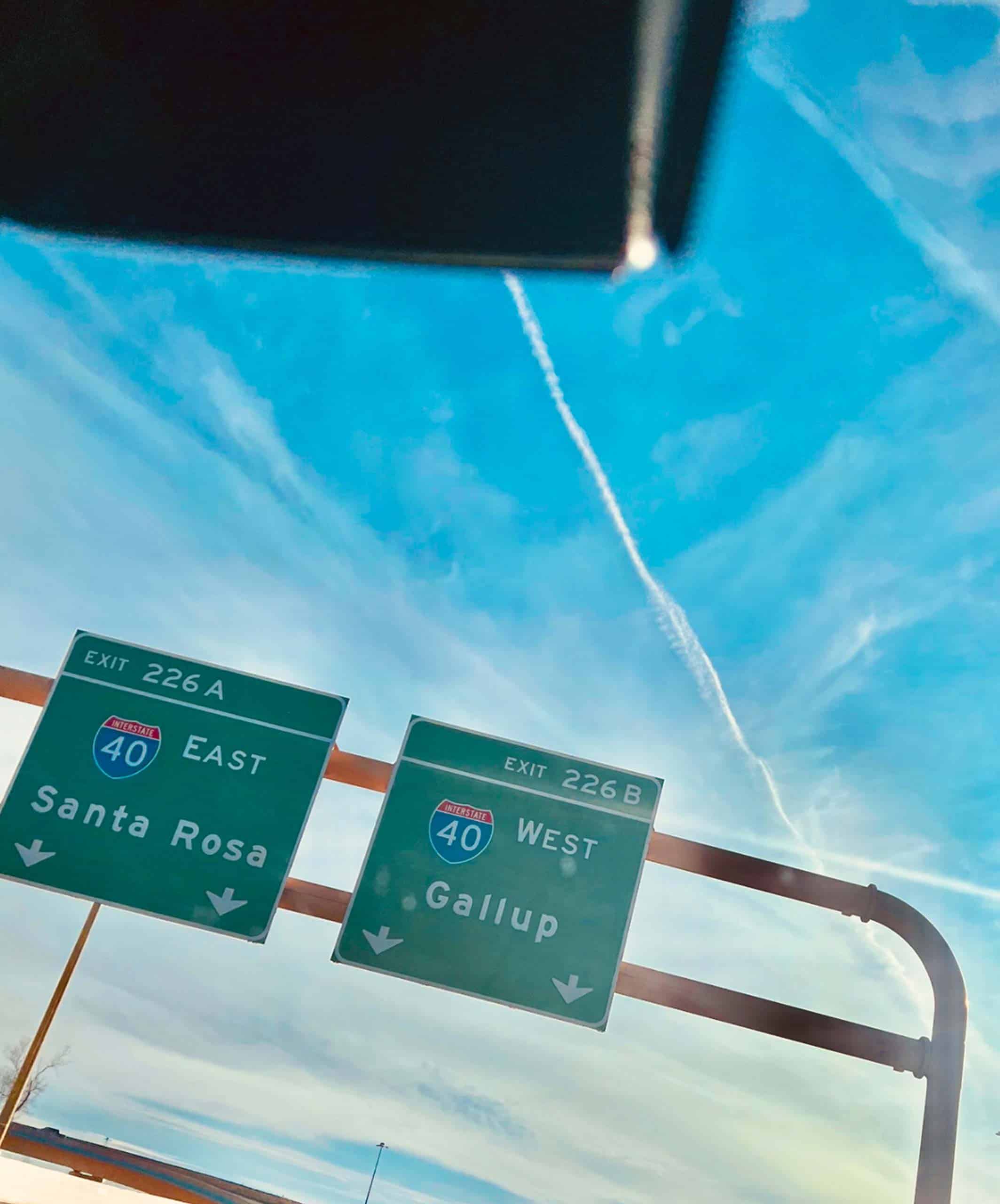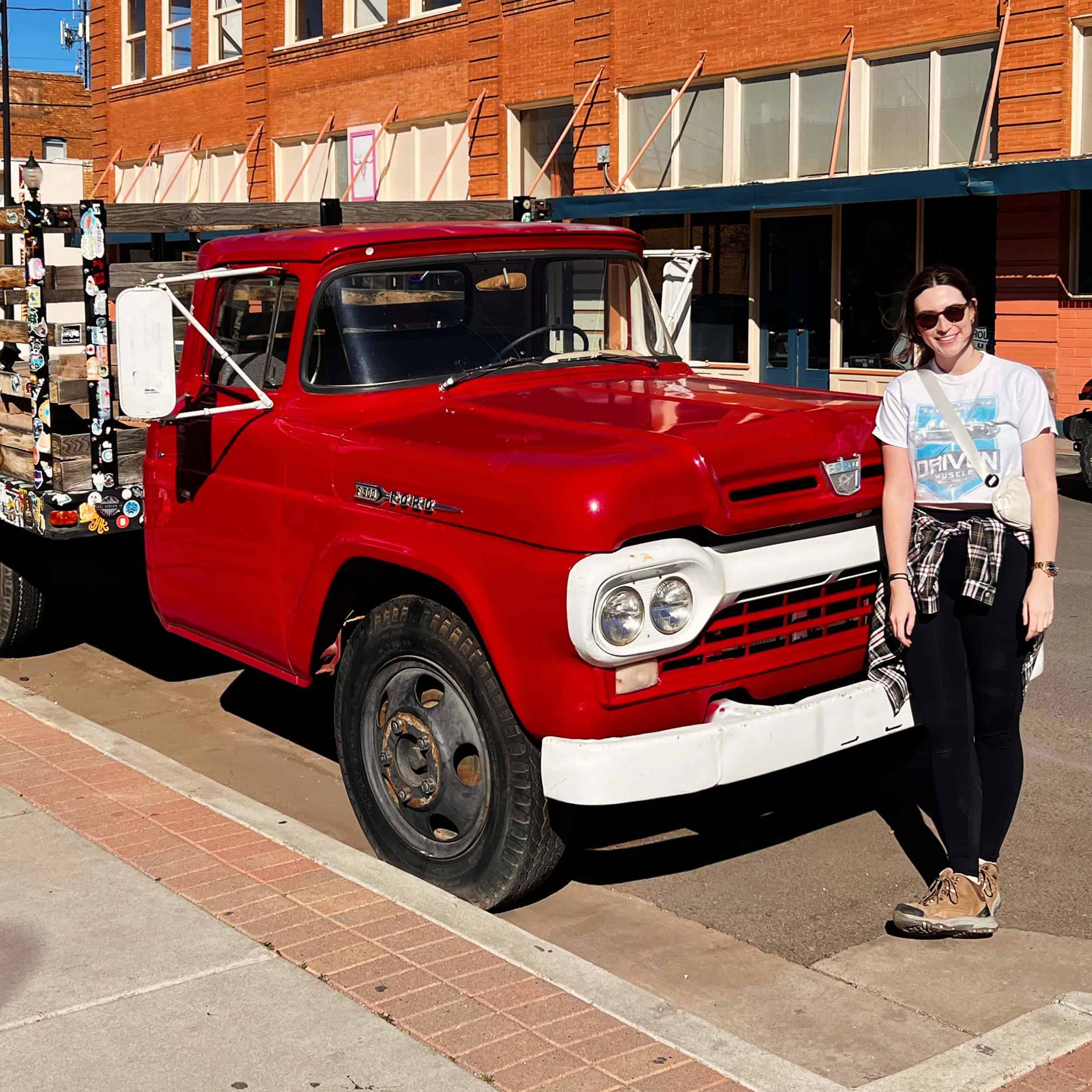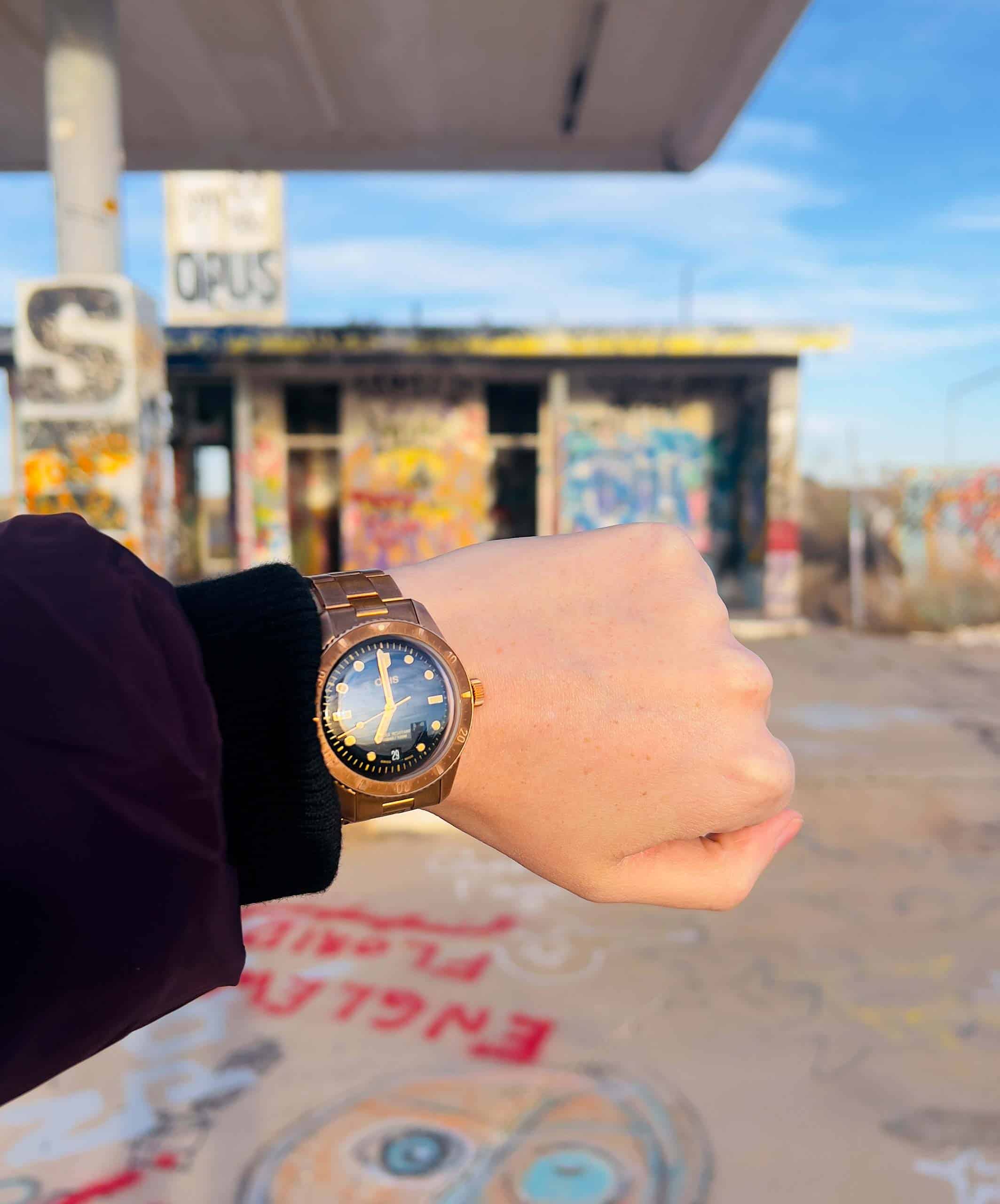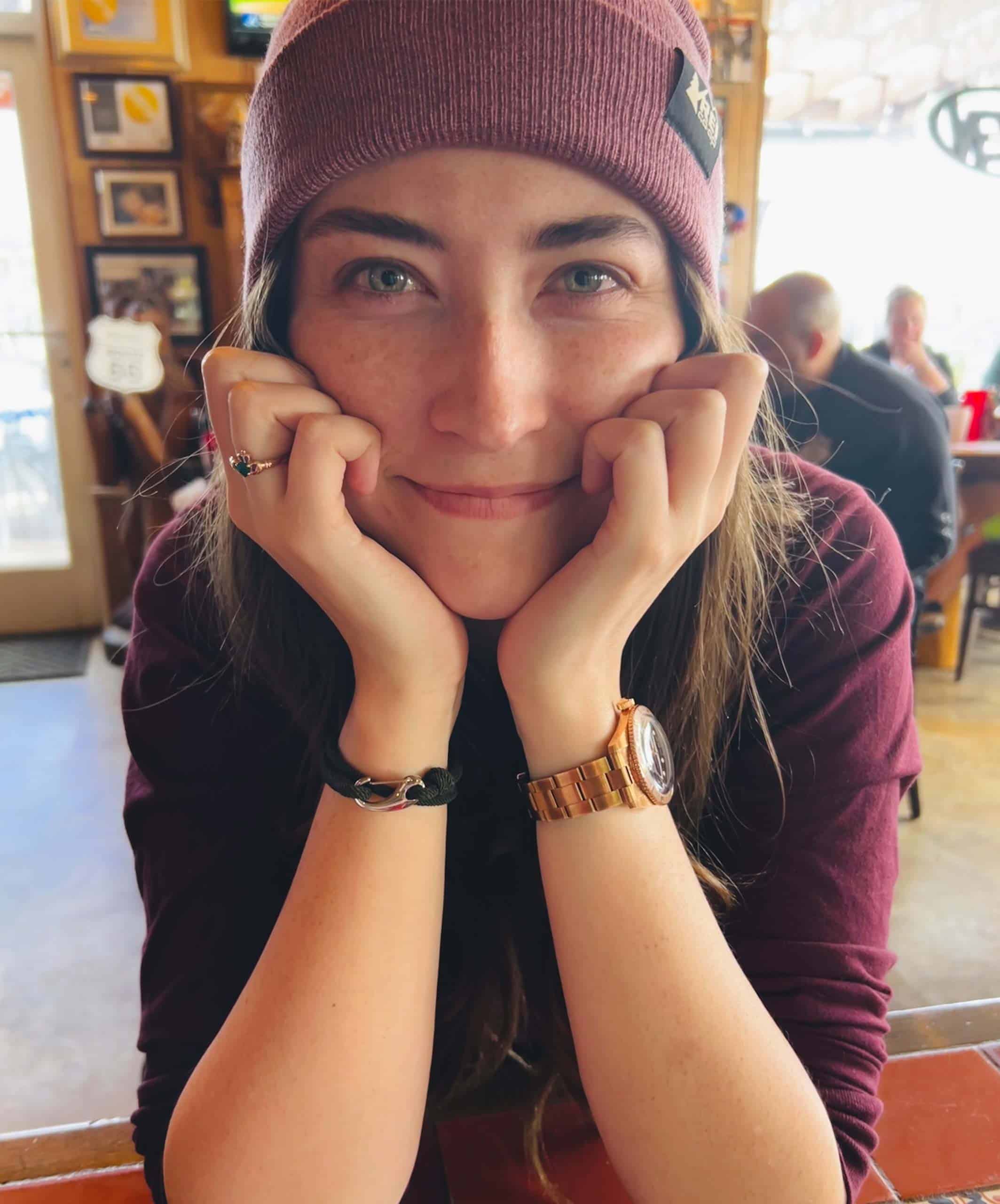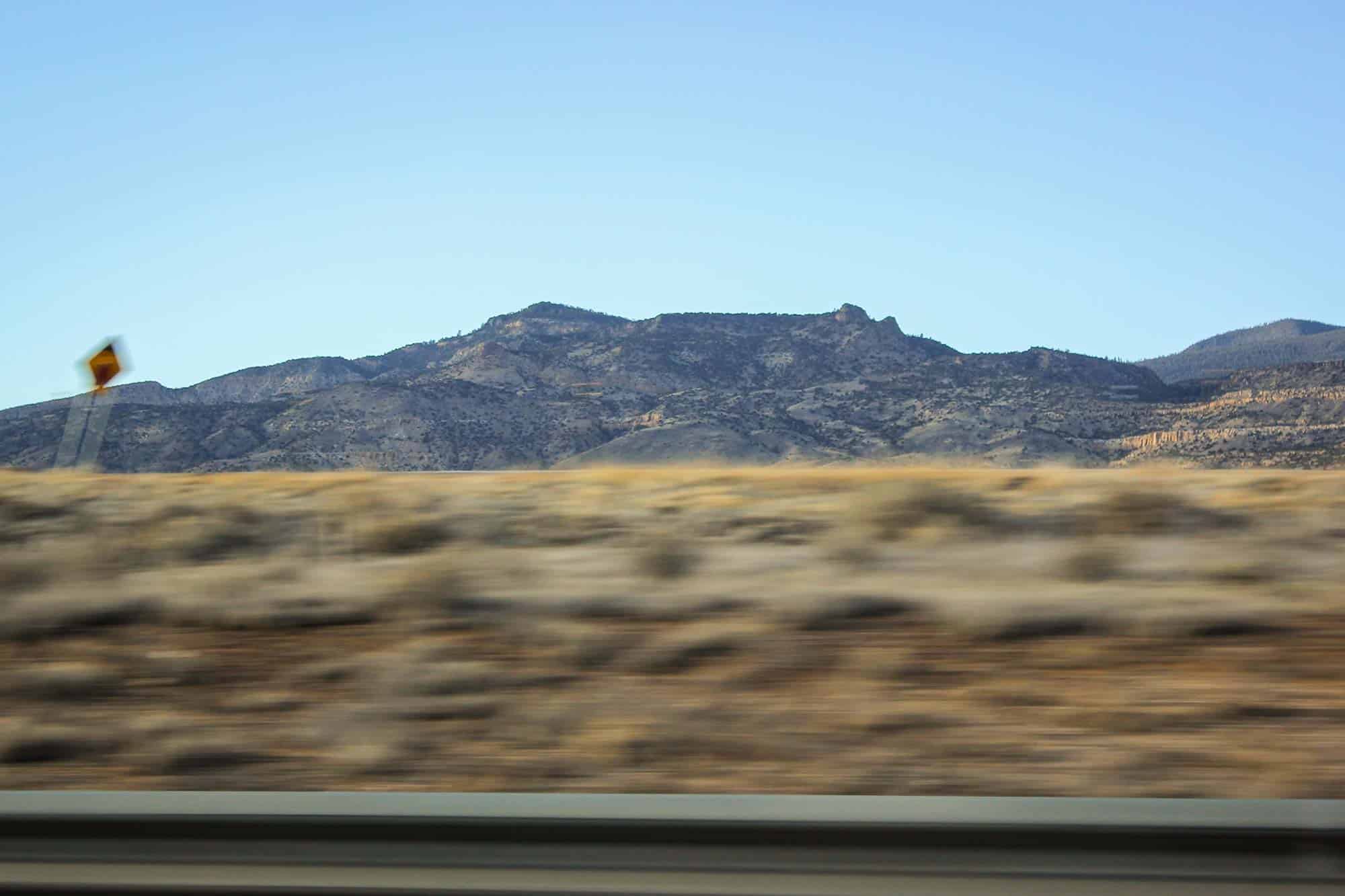
The front door was boarded shut. Years of weathering on the wood indicated this wasn’t a new deterrent; rather, it was a decades-long effort to keep the desert dust and dirt road ruffians out. The state of the place made it clear that one of those groups was more hellbent on destruction than the other. This wasn’t my first time exploring a structure abandoned by time. Growing up in Colorado meant living in the memories of the Gold Rush and the Wild West. I cut my teeth on the stray homesteads and miner’s cabins that dot the landscape of the plains and ones tucked away around mountain passes. This building seemed pretty modern by comparison. I knew that most boards usually face the street. I went around back.
I couldn’t tell where I was standing – I mean, what it had been before? There were two large rooms, one with a blackboard. A counter with soda dispensers off to one side. Some kind of community center, maybe? Billowing pieces of fabric and insulation spilled out of what used to be a ceiling. It was nearing 8:00 PM and it was well-past dusk. There was a flashlight in my pocket but I let my eyes adjust as best they could to not disturb the experience. I wanted to feel that deep sense of history and time passing. It sort of creeped me out.
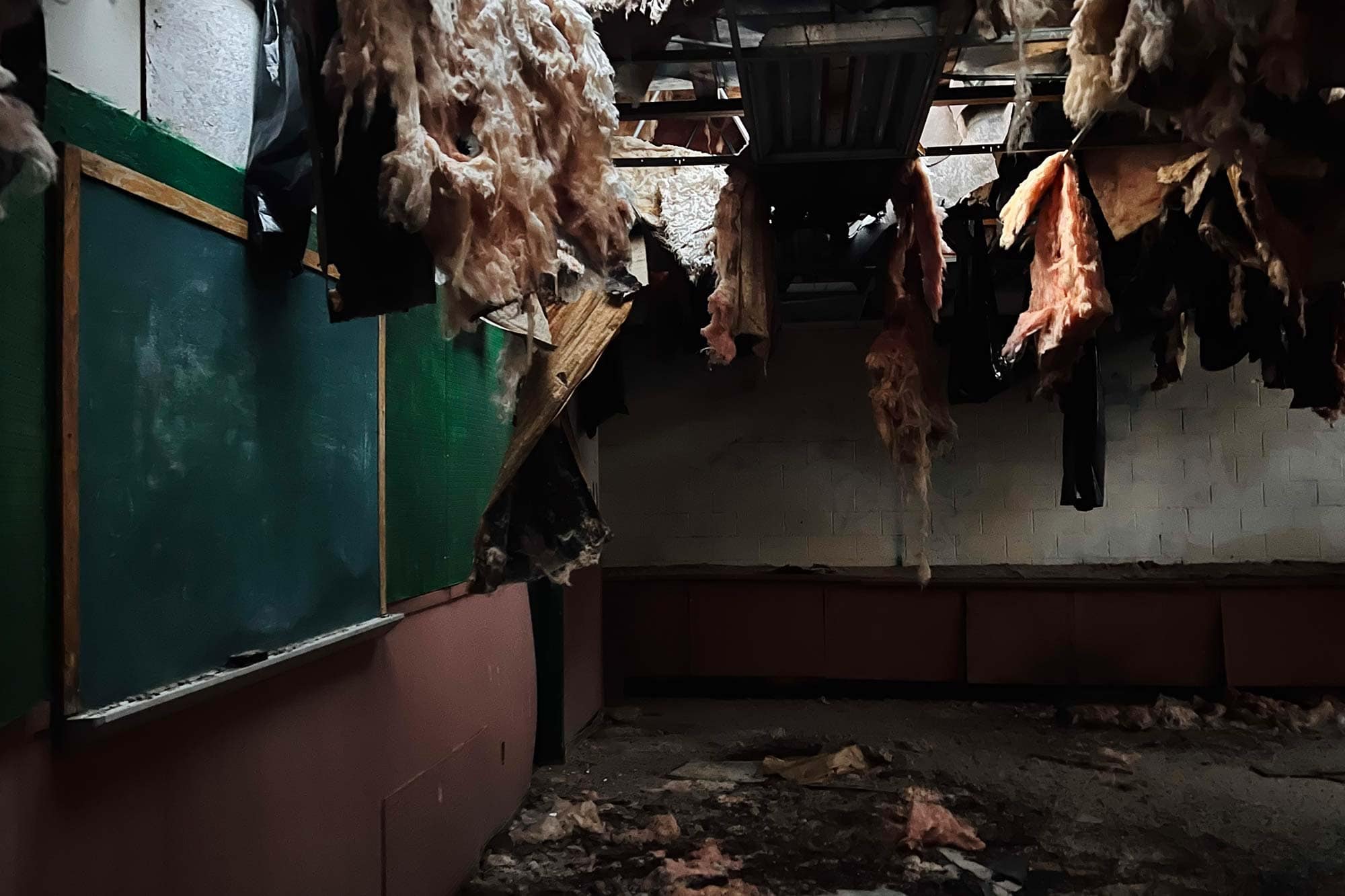
I called out for my friend, and the growing feeling of suspense subsided when I heard his footsteps approach the side door I entered through.
“There’s a pool back here!” He exclaimed.
I followed him deeper onto the property in the darkness, one step closer to solving the mystery of this place. The car was parked in the gravel outside. The four-lane highway behind me was I-40 and the poorly paved side road that brought me here – somewhere outside the quiet town of Grants, New Mexico – was Route 66.
BACKGROUND
My educational training is as a historian. I have a master’s degree in U.S. Military History and this influences how I move in the world and how I digest my experiences. Everything exists on a continuum and most things are related. We can’t, in my opinion, truly understand the essence of a thing without understanding its context. To experience something or somewhere for the first time is to touch it like a hot stove-top. Without pausing to understand its past, we can only know a thing from afar.
Route 66 was born out of the American dream. Each new decade of the 20th century United States was etched on this 2,000 mile stretch of highway like an Americana microcosm. The innovation and zeal of the 1920s created it, and the dust bowl Hooverville migrants in their ramshackle Studebakers shaped it. The glitz of old Hollywood beckoned 1940s Easterners forth to California, promising a new life of gilded glamor. Suburbia reigned supreme in the 1950s when happiness was a white picket fence and 2.5 kids in the backseat of the family car.
Vacations and road trips were du jour, and a new type of stay – a motel, short for motor car hotel – intrigued travelers as journeys by car were made much easier by the Federal-Aid Highway Act of 1956, linking together many major cities. Even as travelers on Route 66 increased as the prevalence of family automobiles soared, the expansion of the federal highway system planted the seed of its demise. The real reason for those thousands of miles of blacktop? A burgeoning military-industrial complex after World War II and a suspicion by the ever-astute President Eisenhower that tanks and troops needed a way to travel from one place to the next in the event of a future homeland invasion. The white picket fence road-trip was a decidedly nicer story.
Route 66 linked Chicago to Los Angeles in a hodge-podge fashion of dirt, gravel, and asphalt. It ran through nine states, sometimes entirely, sometimes just a thirteen mile corner or two (Kansas). Towns quickly popped up along the route, trying to cash in on the popularity of the Mother Road. Travelers were greeted by friendly Mom & Pop style amenities: gas stations, gift shops, restaurants and motels. Yet, with each passing decade, the number of states along the original route opting into multilane highway options grew. Route 66 became a decidedly less favorable option. The interstate got people headed west much faster. In 1984, I-40 replaced Route 66 in Williams, AZ – the last hold-out. In 1985, Route 66 was officially decommissioned.
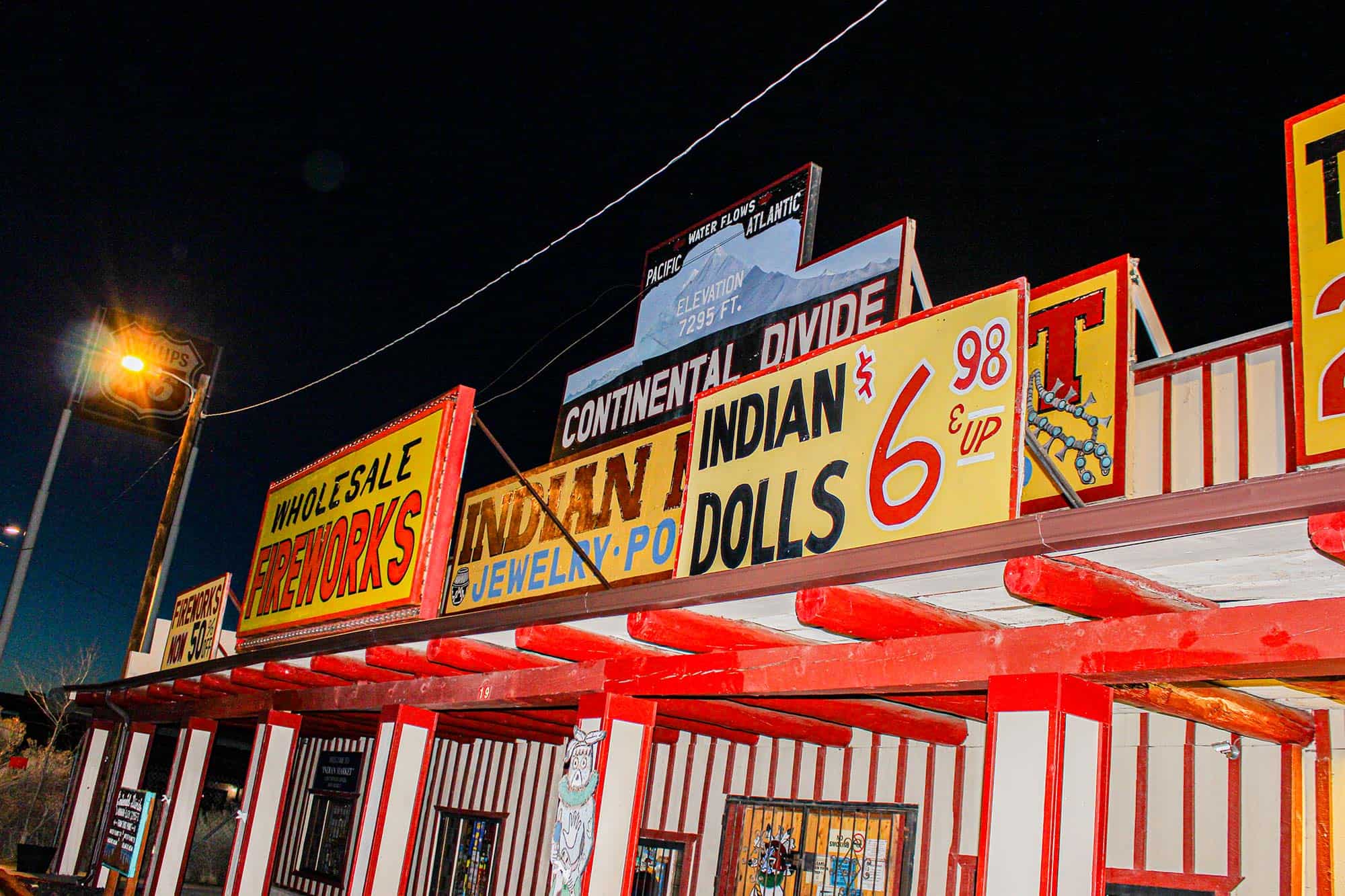
ROADTRIP
Though I’d love to drive the length of Route 66 one day, this trip only included New Mexico and Arizona in a palatable (and PTO friendly) five day excursion. I think of this southwestern segment, pushing close to the California border but not touching it, as the crux, to use a regionally appropriate climbing term. Historically, this stretch of road was rougher, the land less settled, and the terrain much more technical. Emotionally, this was the final push before the Golden State, and also the point where doubt oftentimes was a burden too difficult to overcome. It was where many turned east for home.
I set out at dawn from the Colorado front range with my friend Gabe, a bronze Oris dive watch, and enough snacks to make it to Albuquerque. The route there was planned: Denver to Gallup, NM for the first leg of the journey, then on to Flagstaff, AZ. The return route was flexible. We weren’t sure if we would be able to hit all of our Route 66 stops in just a few days, so we left backtracking home as an option. Storms can be unpredictable in the Rocky Mountains in early Spring, so we knew we might have to adjust plans closer to our return. More on that later.
Though not included in the traditional memory of Route 66, we technically picked up the road in Santa Fe, NM where we stopped for lunch. Sante Fe was included in the original alignment of Route 66 from 1926 up through 1937 when an act of gubernatorial spite led to the quaint town being ousted and the road being shifted to run directly to Albuquerque instead. In the spirit of history and hungry bellies, it was determined Santa Fe could be the symbolic origin of the trip. With Grapes of Wrath looming large as the literary guide to a Route 66 journey, we recreated the scene where the Joad family stops at a local taqueria for carnitas, guacamole, and fried ice cream with sprinkles. That might be in the extended edition.
From there we continued west along Route 66 towards Gallup, NM. The first night was spent at the El Rancho Hotel, the former stomping grounds of many Hollywood stars. New Mexico established itself as a prime filming location for old westerns in the 1940s, and every inch of the hotel’s second story walls were covered with signed headshots of famous actors among the likes of Lucille Ball and John Wayne. In retrospect, this choice of lodging was the perfect setup to the rest of the Route 66 adventure. It got both of us in the mindset of kitschy Americana, down to the Cherry Cokes we sipped on the hotel balcony before turning in.
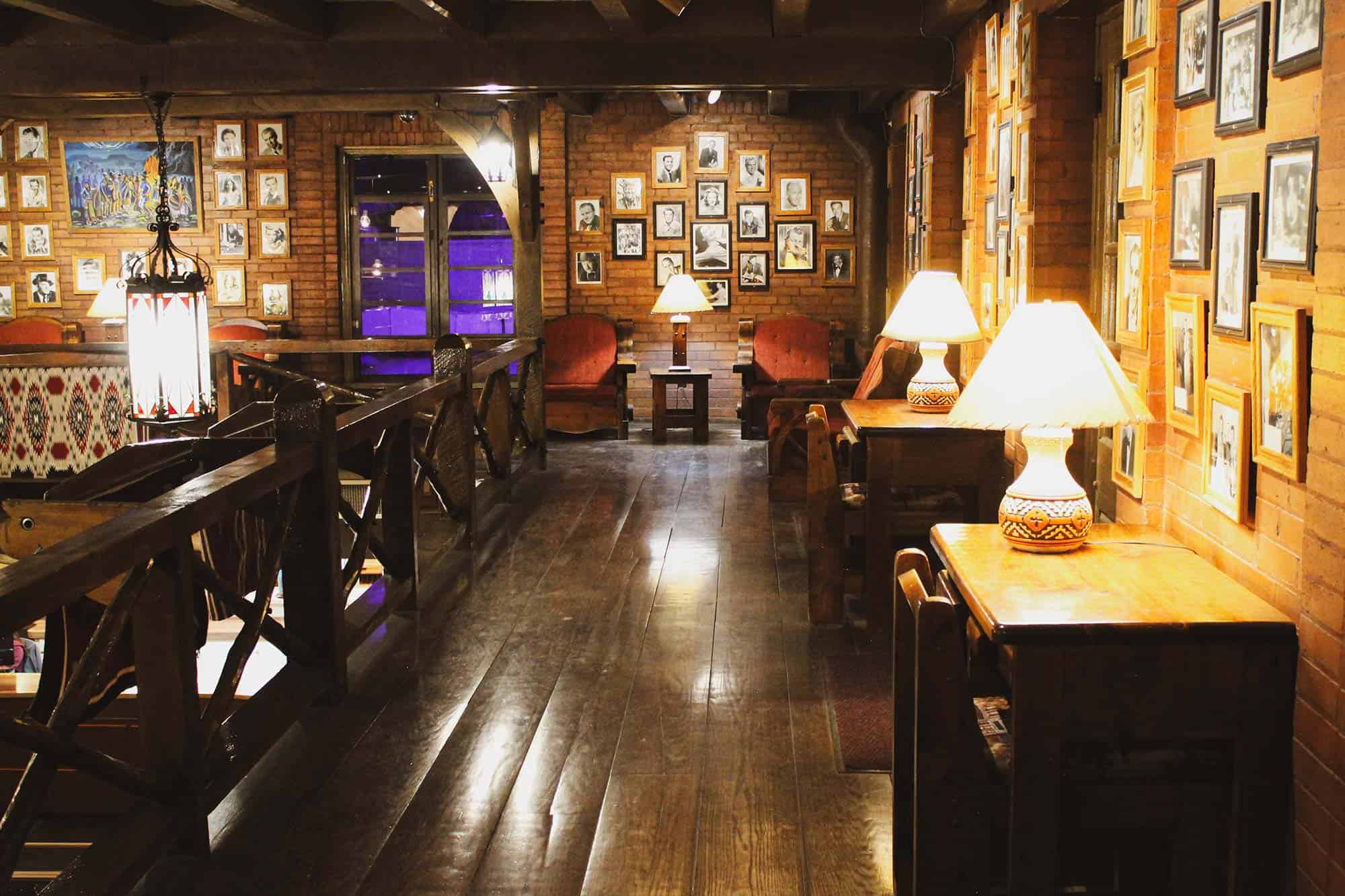
The next morning brought us to Petrified Forest National Park just over the border near Holbrook, Arizona. This is the only National Park that includes a stretch of Route 66, which is fairly impressive when you consider all 2,000 miles of it. I was excited to finally put the Oris through some of its paces with a hike down into the mesa. There was something so satisfying, in my wicked contrarian heart, in bringing a dive-style watch to the desert.
I had long admired the Divers Sixty-Five Cotton Candy line, and got to handle a few of the colorways at a local watch shop before the trip. I loved the bronze and black combination of the Sepia reference, but hiking into the canyon (and back out again) made me realize something obvious: bronze is heavy. Not only that, the large links meant finding a proper fit initially was a little tough – it was made all the more apparent when I started to get that familiar hiker’s swell in my wrists and fingers. I don’t know if I can really say that a quick-adjust feature would have been a game changer here, as I just don’t think a bronze bracelet was appropriate for the predicament I created for myself, but maybe the option would have been slightly more reassuring.
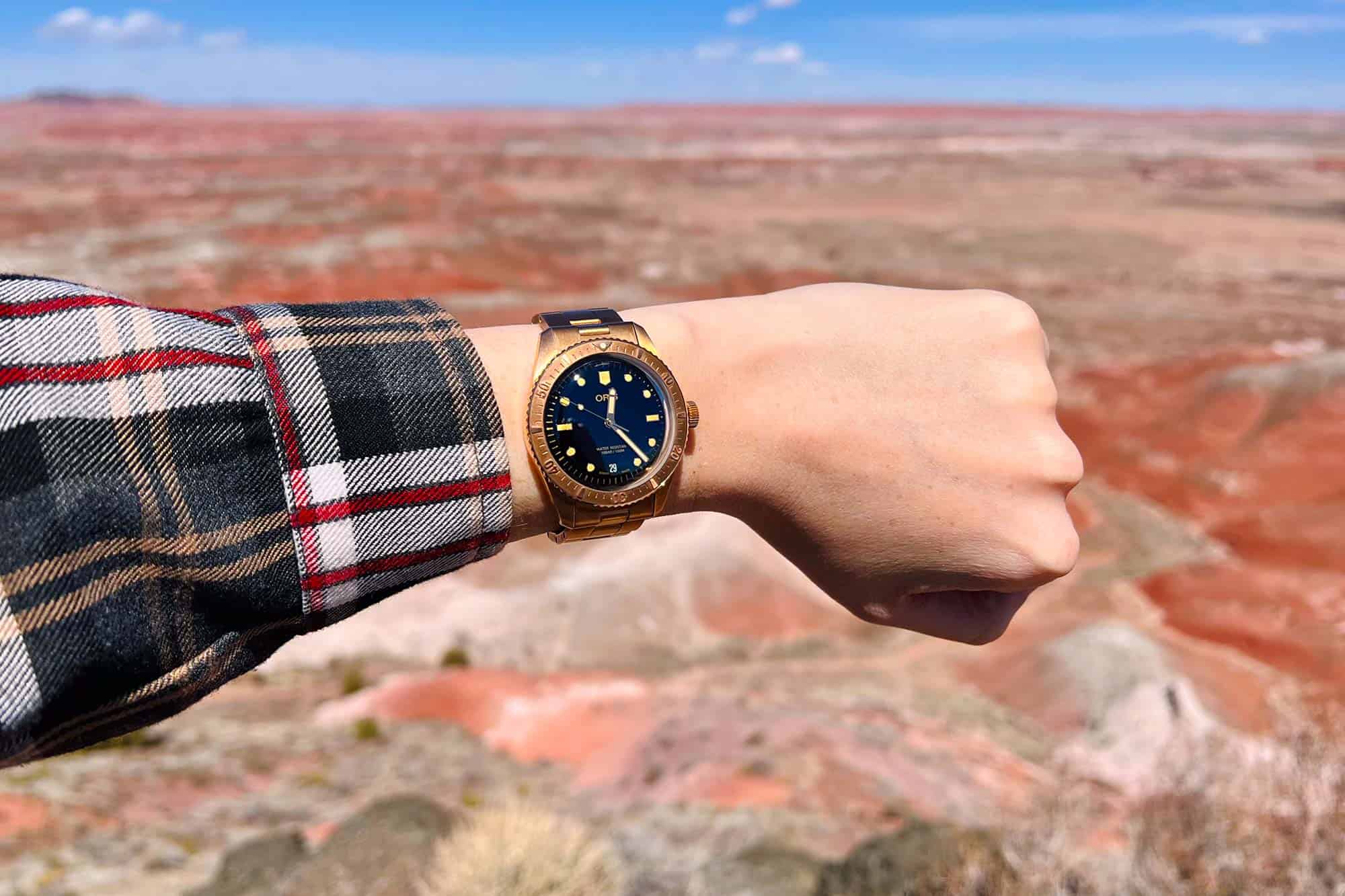
I ended up taking the watch off for a few minutes as I climbed back out of the canyon, seeing the links imprinted on the underside of my arm. I chuckled a bit to myself, knowing that a NATO strap would have been a perfect choice in that regard. At 38mm, the watch really wasn’t top-heavy on the wrist – it felt like the bracelet accounted for the majority of that weight. Nevertheless, the whole bronze ensemble matched my desert surroundings beautifully, and I thought about the poor chap who might review this watch after me, receiving the “sweaty desert hiker patina” edition. Maybe Oris can market it as a pièce unique.
The next two days were spent bunking in Flagstaff but the journey there was packed with stops. We visited the town of Winslow, AZ on the way, a little place made famous by the Eagles in their 1972 hit “Take it Easy.” The shops located along the main intersection of town have made their recent living resting on the laurels of the band member “standing on a corner,” forever immortalized in bronze as an art piece, along with the permanent flat-bed Ford. I consider myself a fan of classic rock, but still had to wonder if the store owners appreciate the revenue the tourists bring to town, or if they mostly want to smash the one Eagles record playing on a loop to smithereens. I bought a tee shirt, proving I, too, had stood on a corner in Winslow, Arizona… to thank them for their service.
About a half hour outside Flagstaff, we hit the infamous town of Two Guns. I was especially eager to stop here, as this location is both visually intricate, and has a rather sordid history. Rumor has it that the former saloon town was so lawless, the first sheriff was sworn in at three o’clock and was dead by eight. In the 1920s, the owner of the land, Earle Cundiff, partnered with Harry E. Miller, who wished to turn the property into a zoo in order to attract tourists. Only a year into the lease, Miller and Cundiff had a dispute, and the first man shot the second in cold blood, killing him where he stood. Miller was ultimately acquitted, but cosmic justice may have been served when he was subsequently mauled by two of the zoo’s mountain lions.
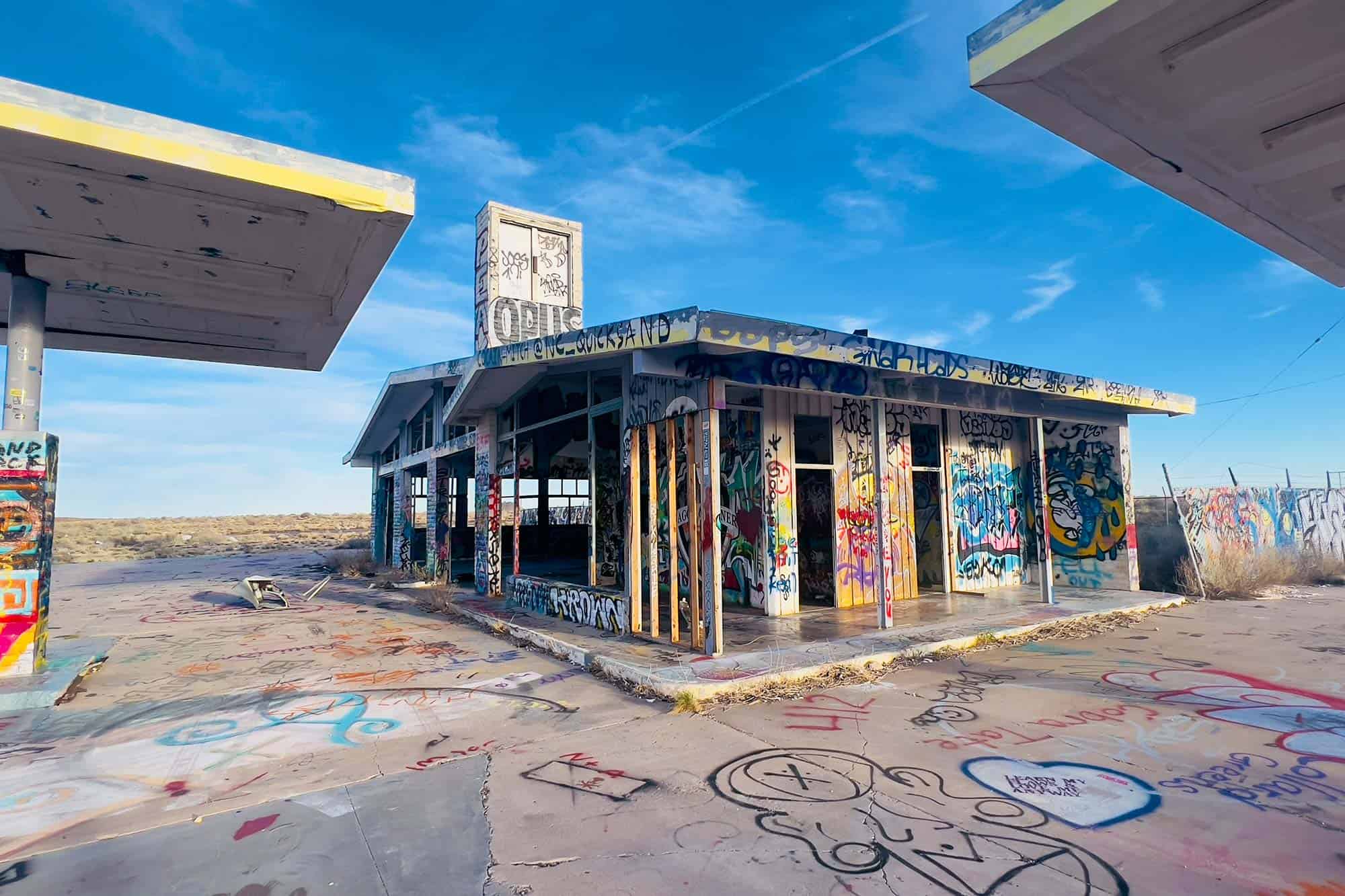
Though not on our initial itinerary, we took advantage of the handful of hours before a snow storm moved in the next day to push farther down the road. We stopped in Seligman, AZ for a traditional Route 66 diner experience, recommended by a local. With the confidence only an excellent chicken fried steak can provide, we decided to continue on to one more stop. Our final point on Route 66 was Peach Springs, AZ, where we explored a deserted cabin on a hill before turning back for Flagstaff.
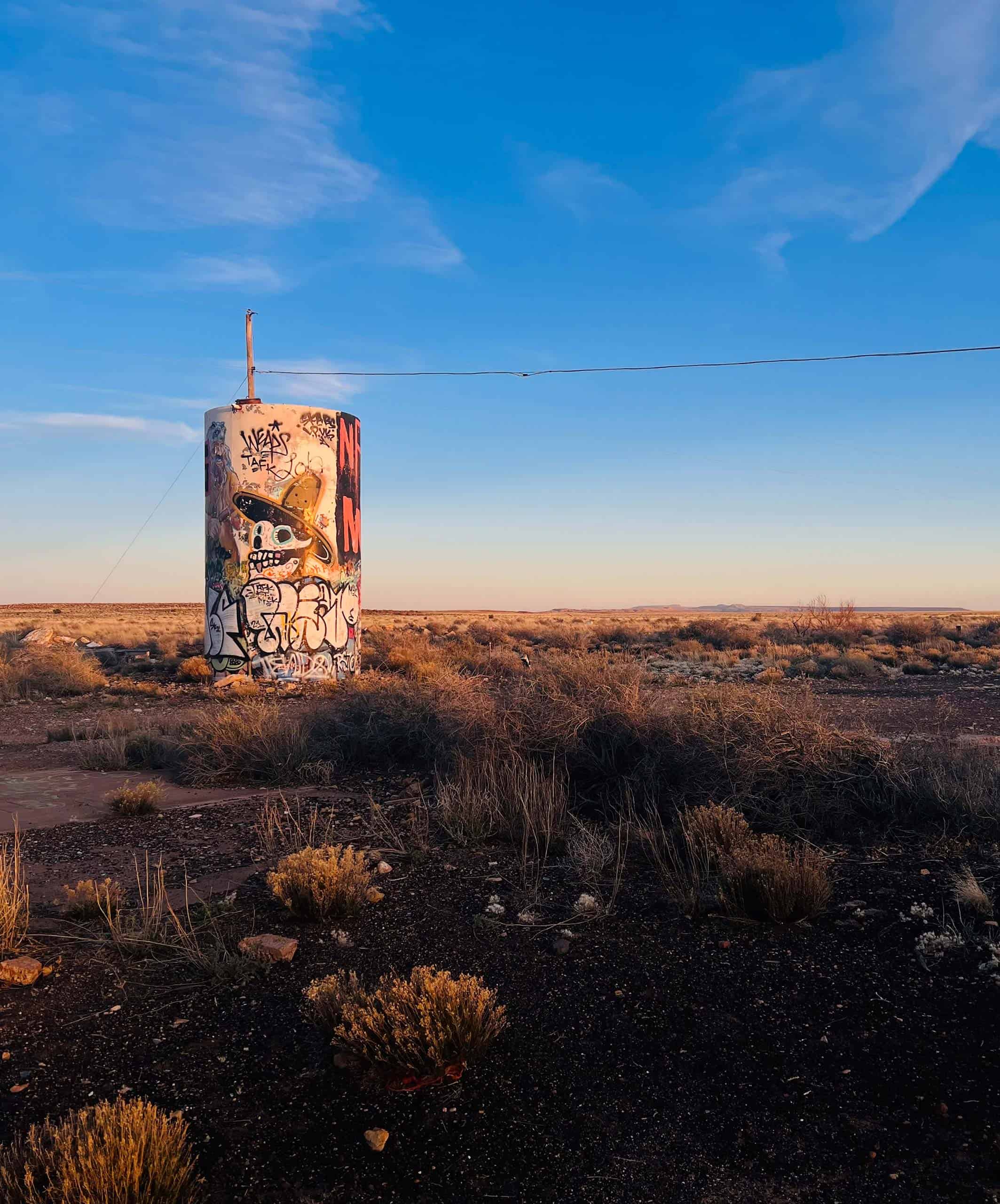
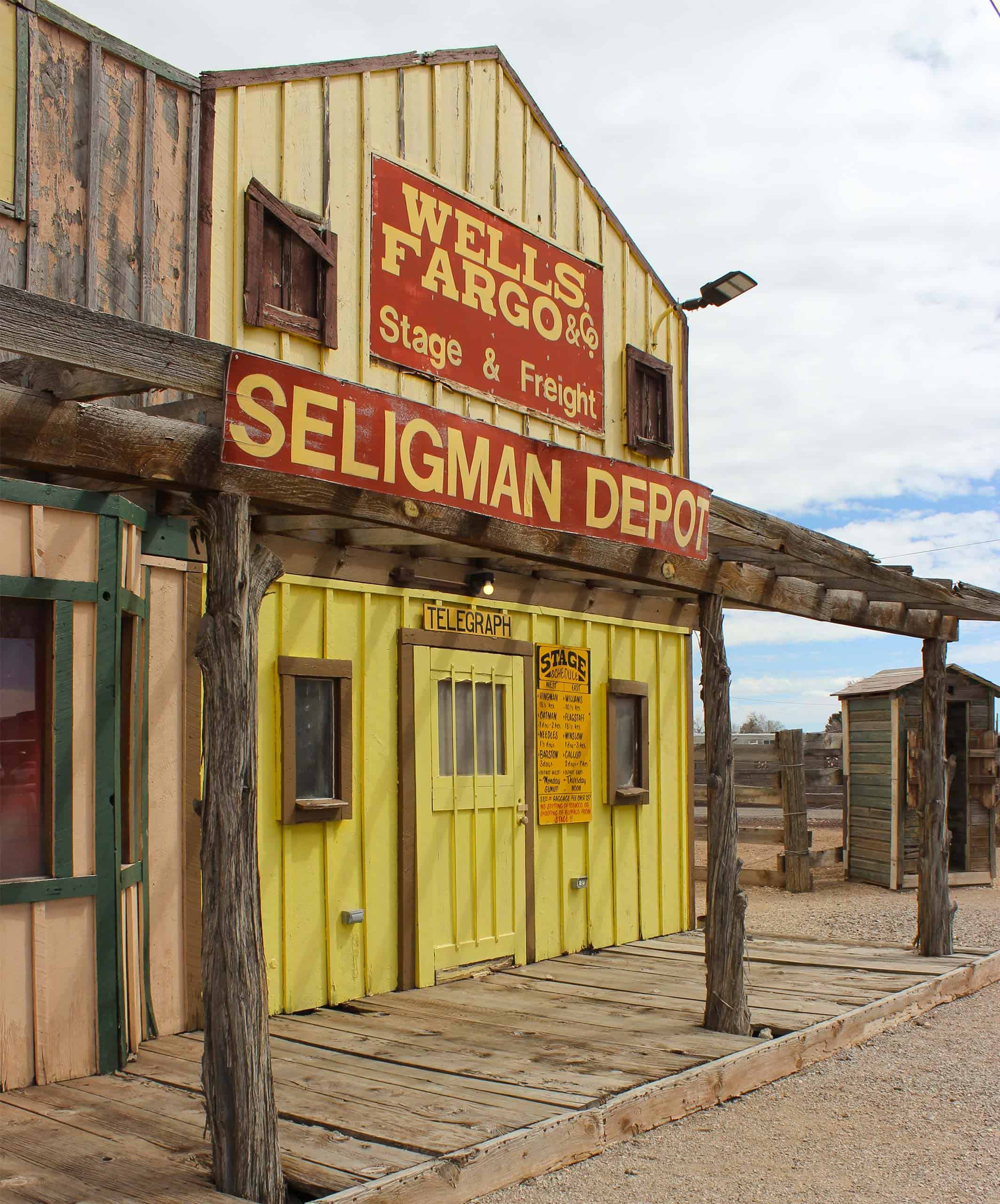
Overall, I was pleasantly surprised by my wrist companion for the duration of this trip. Once I got used to the weight, the watch seemed to blend into the background of all my experiences. As much as watch lovers want our timepieces to stand out, I’ve found that the ones I really love have a talent for playing a more discreet role. I’m not a user of bezel timers, mostly because I don’t have any in my collection, but I liked how the action felt in my hand, and found myself rotating it every so often just to hear the satisfying “click.” This watch should be a case study in legibility. The round indices and the pentagon at twelve o’clock in ratio to open space on the dial was extremely well done. There’s a power reserve of approximately 38 hours, which suited this trip perfectly as it was the only watch I brought with me for this portion of the trip. The water resistance of 10 bar (100 meters) isn’t as robust as a modern professional dive watch, but again, this didn’t pain me at all as the only depth I explored was the bottom of a basket of loaded cheese fries.
HOMEWARD
The journey home was more eventful than expected. We agreed to split the difference in both routes we had considered, and backtrack along Route 66 to Gallup, NM. From there, we took Highway 481 straight north through beautiful desert country to Cortez, Colorado, where we spent the night at a classic retro-themed motel and visited Mesa Verde National Park. This part of the West is indescribably austere – a mix of clay and sand spanning hundreds of miles before shooting up in columns of jagged rock, which look like red icebergs smashing through the surface of otherwise calm water.
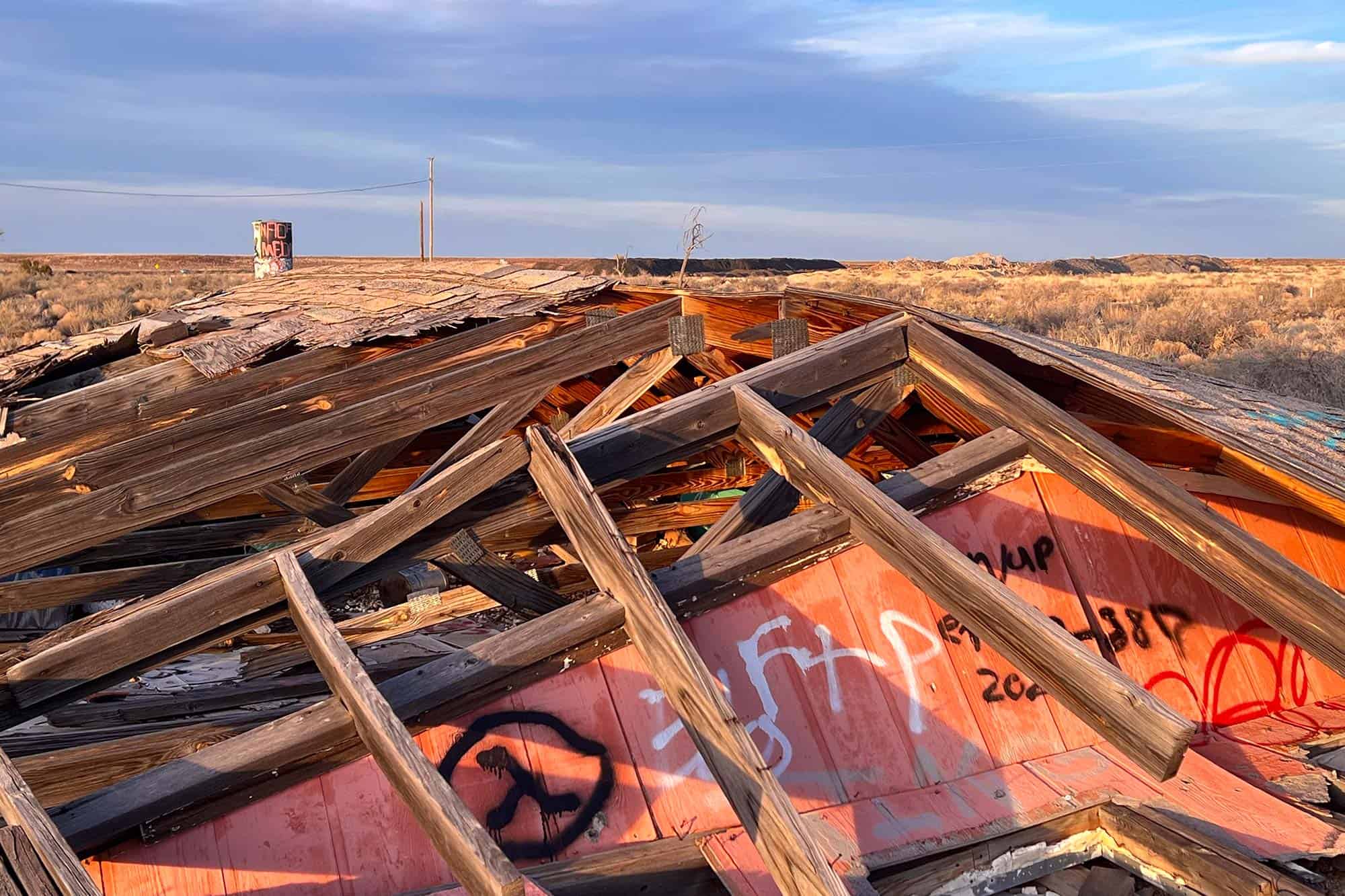
Just past Durango, Colorado, I received my first ever speeding ticket: a harsh reminder that our zippy ways of traversing Route 66 in Gabe’s WRX were over. From this experience I learned that: 1) it’s possible my driving habits are a product of Ol’ Reliable, the car I’ve driven since sixteen who might very well combust at those speeds, and that, 2) I definitely understand the appeal of rally-racing now. And of course, that driving in mountain country is a different beast that demands someone’s full attention.
We rode parallel to several storms for hours, listening to the Eagles, some watch podcasts, an audiobook, and oftentimes just driving in silence – the kind made comfortable over six years and thousands of miles traveled. I exiled myself to the passenger seat after my run-in with the law, which meant I was free to take in the views. This part of Colorado wasn’t super familiar to me, and it made me appreciate how varied the state’s geography really is.
The snow caught up to us at dusk. This was the one situation I had been desperately hoping to avoid, but there were no alternate routes and no way around it. We had only one option: to go up, over, and out. Parts of Highway 285 reach elevations above 8,000 feet, meaning a nearly 3,000ft descent down into the Denver area. Off-ramps for overheated trucks abound on this stretch, and signs warning travelers of steep grades for miles at a time kept my heart thumping loudly in my chest as visibility neared zero. Car after car flipped on hazard lights and pulled to the side of the road. A bold choice when we couldn’t even see a guardrail. Eventually, it was only us remaining, along with a courageous Ford Bronco – fully kitted out – whose tail lights we’d been following blindly like sheep.
“Do you have cell reception?” Gabe asked. I nodded.
“If there’s a safe pull-off somewhere into a parking lot or a store, let’s do that.”
The Bronco’s right blinker went on and I groaned, wincing at the bad luck that seemed to engulf us like the snow. I exhaled and focused back on the map.
“It looks like we’re coming up on Conifer and a grocery store… right about… now!”
We pulled abruptly into an off-ramp and could make out the tall parking lot lights of a Safeway. I got out of the car, wondering if I might throw up from the adrenaline rush, but the feeling passed. We waited inside the grocery store under the fluorescent bulbs of a Starbucks. We split some food and I purchased a large bottle of water in the event we got stranded during a second attempt. There was a mini Hot Wheels car at the register – a lookalike of Gabe’s WRX – and it became a little token by which to remember the trip, and the night the Rocky Mountains almost had their way with us.
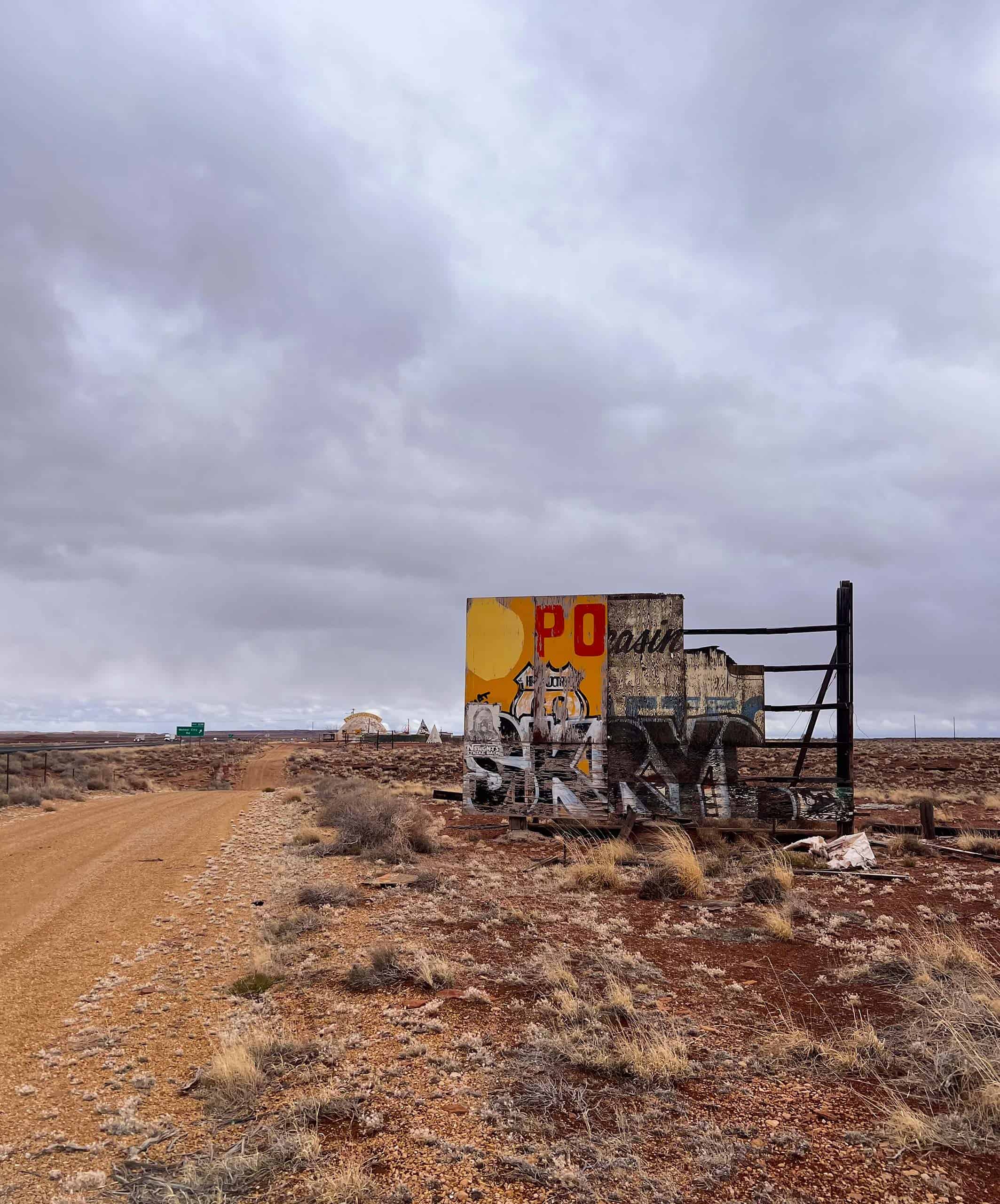
The snow lessened just a little and we were determined to get home. A normally forty-five minute trip took another two hours, but we made it back just before 11:00 PM. Between the National Park in the morning, the speeding ticket in the afternoon, and the perilous drive over the Rockies at night, it felt like we had experienced three separate adventures whose excitement almost surpassed the main part of the trip. It goes to show that the spirit of a Route 66 road-trip doesn’t necessarily end when the road does.
CONCLUSION
One of the things that struck me most while traveling, is that Route 66 is actually hard to find. In the southwest portion of New Mexico and Arizona, the multilane Interstate-40 bobs and weaves through the old highway. At times, I-40 is just Route 66 expanded. But for large segments, I-40 bypassed Route 66 entirely, running miles apart in some sections, and directly parallel to the old road at others. Unless you have a good map and a diligent navigator – both of which were questionably present on my trip – it’s very easy to miss Route 66 in the parts where it isn’t I-40. Sometimes, I would notice we had veered off-course and the old road was right next to the interstate. However, the only way to get on it was to pull off and turn around at the next town.
A common adage in military studies is “to the victor go the spoils.” In the history of American progress, the saying can be rewritten as “to the interstate go the tourists.” Hope is not all lost, though. Congress passed the Route 66 Study Act in 1990, recognizing the highway had “become a symbol of the American people’s heritage of travel and their legacy of seeking a better life.” The World Monuments Fund recognized Route 66 as an endangered site in 2008, which called attention to the road’s status as a threatened cultural icon. To what extent these measures will provide any aid to preserve the Mother Road remain unclear. Many of the places upon which we stumbled were on private property, which makes it very difficult for public works administrations to engage in historical preservation.
For now, Route 66 exists as a time capsule of the United States. The road beckons anyone who has a hankering for a little adventure and doesn’t mind a bit of mud on their tires. I wish I had a grander, more philosophical way to end this travelogue – maybe a line about the rise and fall of Americana and the victory of fast-paced capitalism, or something like that. But those things have already been written by people who can say them more eloquently than me and are much better acquainted with this topic than I am. I’m looking forward to revisiting Route 66 on future road-trips, whether it’s the main focus or it just conveys me to other destinations. I hope on those adventures to come, I’m fortunate enough to once again have the company of a good friend, a nice watch, and a fast car. Though, for the sake of myself and others… maybe not too fast.
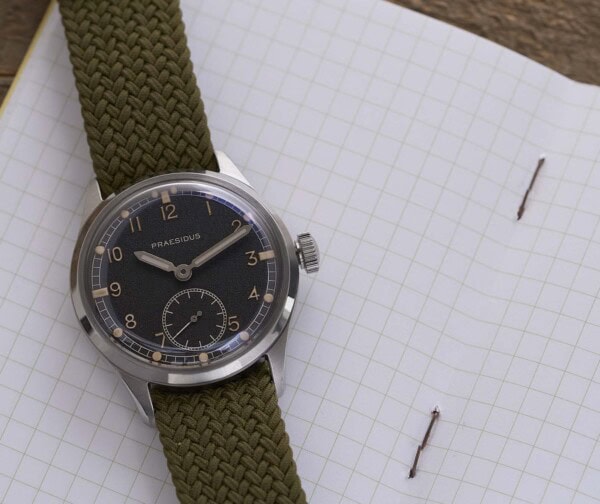



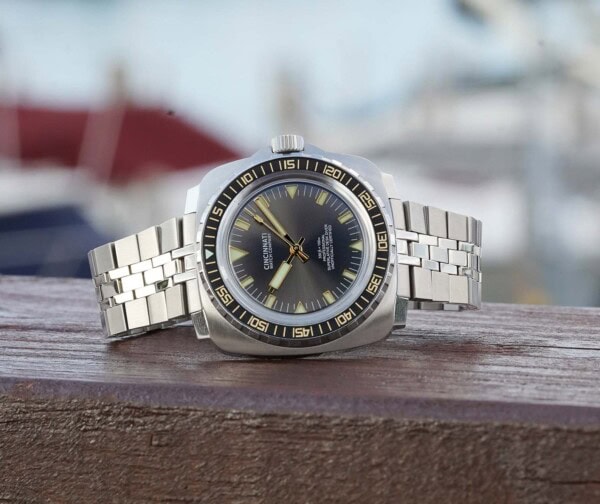
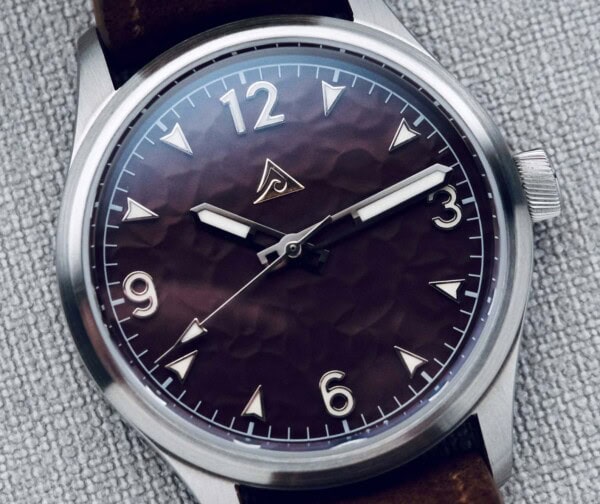
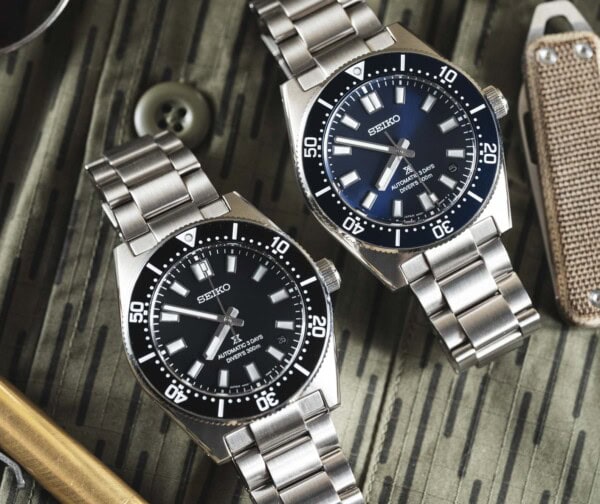


 Featured Videos
Featured Videos





